A rare and large Chinese archaic bronze rectangular ritual food vessel, Fangding, late Shang/early Western Zhou dynasty, 12th-11th century B.C., from Luoyang, cast in relief with a band of bats and leiwen above protruding spikes and hooked corner flanges, the rim set with a pair of high looped handles, on four zoomorphic feet, bas-relief cast three character clan mark to the interior, olive-brown and silver-grey patina with malachite, azurite and cuprite encrustation, 25cm high, 19.5cm wide, one leg repaired Estimate £10,000-15,000 Literature: In the Shang and Western Zhou dynasties, fang ding were made for use in ancestral worship or other sacrificial ceremonies, and their ownership appears to have been strictly regulated. Li Xixing, The Shaanxi Bronzes, Xi'an, 1994, p. 35, notes that in the Western Zhou the gentry was allowed to acquire three ding, high officers five, Dukes seven and the Emperor nine. Rectangular (fang) vessels of this monumental size and decorated in such ornate fashion have been generally found in tombs belonging to royalty or high-ranking officials, suggesting a similar ownership also for the present vessel. In Rawson, J, Chinese Bronzes: Art and Ritual, London/Sainsbury Centre for Visual Arts of East Anglia / Burrell Collection, Glasgow, BMP, 1987 the author states 'Among inscribed Shang and Zhou examples the most famous are the Zuo Ce Da vessels in the Freer Gallery and the National Palace Museum, Taibei. These early Western Zhou [sic. Fang] ding are almost identical with the Yin Guang fang ding and illustrate continuity in bronze-casting at the time of the Zhou conquest. The inscription on this ding describes a grant of cowries from the king to Yin, the casting of the ding, and notes that the king was attacking the Jing Fang, peoples known from oracle-bone inscriptions to have been in conflict with the Shang. The small neat characters are paralleled on a few other late Shang vessels.' A very similar fangding is in the Freer Sackler Gallery at the Smithsonian Institution, Washington D.C., accession no. S1987.305 with an inscription to the Grand Protector or Taibao, Duke Shi of Shao. A second example inlaid with black pigment from the Collection of Florence K. Sloane, 1950 is on view at the Hermitage Museum, Norfolk, Virginia, no. 1950.0001.01(50-G-1), which is known to have been excavated in 1929 near the city of Luoyang in North-Eastern China. A third fangding at the Jameel Centre at the Asmolean Museum in Oxford, Accession no. EA1956.834 was presented by Sir Herbert Ingram to the institution in 1956. A fourth vessel of this type known as the 'Cheng Wang fangding' bears a dedication inscription to the late King Cheng who ruled the Zhou from 1055 to 1021 B.C. The inscription on this vessel bears two characters matching those on the 'Fu Yi' bronze You ritual vessel sold by Sotheby's, New York, 'Archaic Bronzes and the Wu Dacheng Jijintu Scroll', 18 March 2014, Lot 9. Provenance: the estate of the late Jean-Claude Jean-Claude (1926-2016). Jean-Claude Lepileur was a man of great learning. Born in Lisieux in France, he became a buyer and seller of antiques and formed a partnership with Mrs Senta Christian in a joint antiques venture, travelling to and from England from their early base in Deauville in Normandy. Mr Lepileur was a self-taught historian, chemist and restorer, with a particular love of all things Asian, especially pieces of art from China. And more specifically ancient Chinese bronze artefacts, which he collected avidly all his life. Mr Lepileur and Mrs Christian moved their business to Finchley in London in the 1950s and they continued to operate as a partnership until 1996, when Mrs Christian passed away. Jean-Claude had a very discerning eye for art and at one point even managed to identify two original Rembrandt sketches for sale on a stall on Portobello Market and was able to purchase them for a few pounds. They were later fully authenticated by the Victoria and Albert Museum. Mr Lepileur
A rare and large Chinese archaic bronze rectangular ritual food vessel, Fangding, late Shang/early Western Zhou dynasty, 12th-11th century B.C., from Luoyang, cast in relief with a band of bats and leiwen above protruding spikes and hooked corner flanges, the rim set with a pair of high looped handles, on four zoomorphic feet, bas-relief cast three character clan mark to the interior, olive-brown and silver-grey patina with malachite, azurite and cuprite encrustation, 25cm high, 19.5cm wide, one leg repaired Estimate £10,000-15,000 Literature: In the Shang and Western Zhou dynasties, fang ding were made for use in ancestral worship or other sacrificial ceremonies, and their ownership appears to have been strictly regulated. Li Xixing, The Shaanxi Bronzes, Xi'an, 1994, p. 35, notes that in the Western Zhou the gentry was allowed to acquire three ding, high officers five, Dukes seven and the Emperor nine. Rectangular (fang) vessels of this monumental size and decorated in such ornate fashion have been generally found in tombs belonging to royalty or high-ranking officials, suggesting a similar ownership also for the present vessel. In Rawson, J, Chinese Bronzes: Art and Ritual, London/Sainsbury Centre for Visual Arts of East Anglia / Burrell Collection, Glasgow, BMP, 1987 the author states 'Among inscribed Shang and Zhou examples the most famous are the Zuo Ce Da vessels in the Freer Gallery and the National Palace Museum, Taibei. These early Western Zhou [sic. Fang] ding are almost identical with the Yin Guang fang ding and illustrate continuity in bronze-casting at the time of the Zhou conquest. The inscription on this ding describes a grant of cowries from the king to Yin, the casting of the ding, and notes that the king was attacking the Jing Fang, peoples known from oracle-bone inscriptions to have been in conflict with the Shang. The small neat characters are paralleled on a few other late Shang vessels.' A very similar fangding is in the Freer Sackler Gallery at the Smithsonian Institution, Washington D.C., accession no. S1987.305 with an inscription to the Grand Protector or Taibao, Duke Shi of Shao. A second example inlaid with black pigment from the Collection of Florence K. Sloane, 1950 is on view at the Hermitage Museum, Norfolk, Virginia, no. 1950.0001.01(50-G-1), which is known to have been excavated in 1929 near the city of Luoyang in North-Eastern China. A third fangding at the Jameel Centre at the Asmolean Museum in Oxford, Accession no. EA1956.834 was presented by Sir Herbert Ingram to the institution in 1956. A fourth vessel of this type known as the 'Cheng Wang fangding' bears a dedication inscription to the late King Cheng who ruled the Zhou from 1055 to 1021 B.C. The inscription on this vessel bears two characters matching those on the 'Fu Yi' bronze You ritual vessel sold by Sotheby's, New York, 'Archaic Bronzes and the Wu Dacheng Jijintu Scroll', 18 March 2014, Lot 9. Provenance: the estate of the late Jean-Claude Jean-Claude (1926-2016). Jean-Claude Lepileur was a man of great learning. Born in Lisieux in France, he became a buyer and seller of antiques and formed a partnership with Mrs Senta Christian in a joint antiques venture, travelling to and from England from their early base in Deauville in Normandy. Mr Lepileur was a self-taught historian, chemist and restorer, with a particular love of all things Asian, especially pieces of art from China. And more specifically ancient Chinese bronze artefacts, which he collected avidly all his life. Mr Lepileur and Mrs Christian moved their business to Finchley in London in the 1950s and they continued to operate as a partnership until 1996, when Mrs Christian passed away. Jean-Claude had a very discerning eye for art and at one point even managed to identify two original Rembrandt sketches for sale on a stall on Portobello Market and was able to purchase them for a few pounds. They were later fully authenticated by the Victoria and Albert Museum. Mr Lepileur
.jpg)
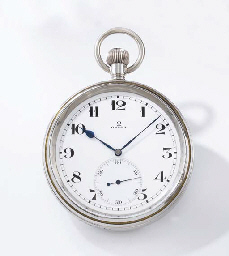
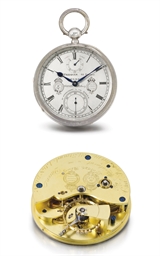
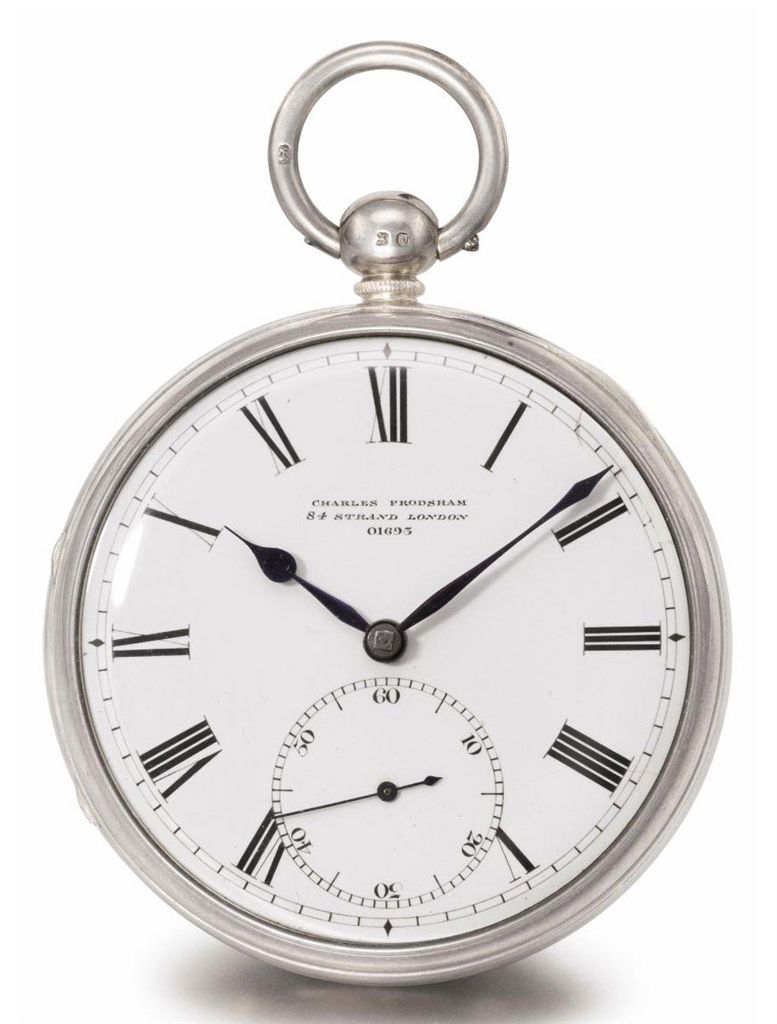
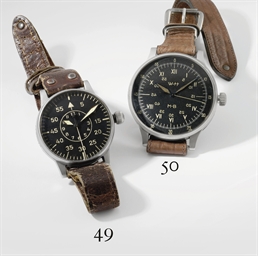
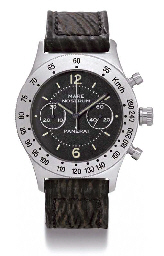
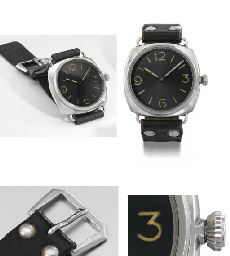
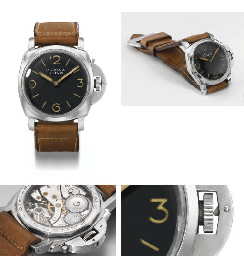
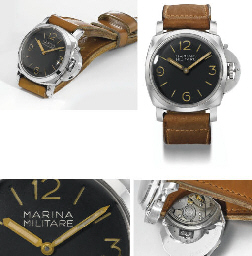
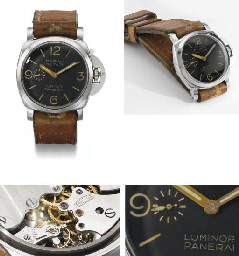
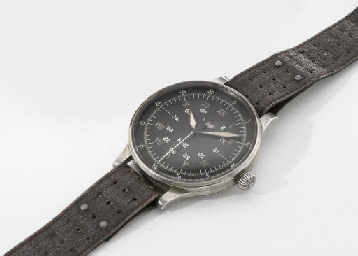
.jpg)
.jpg)
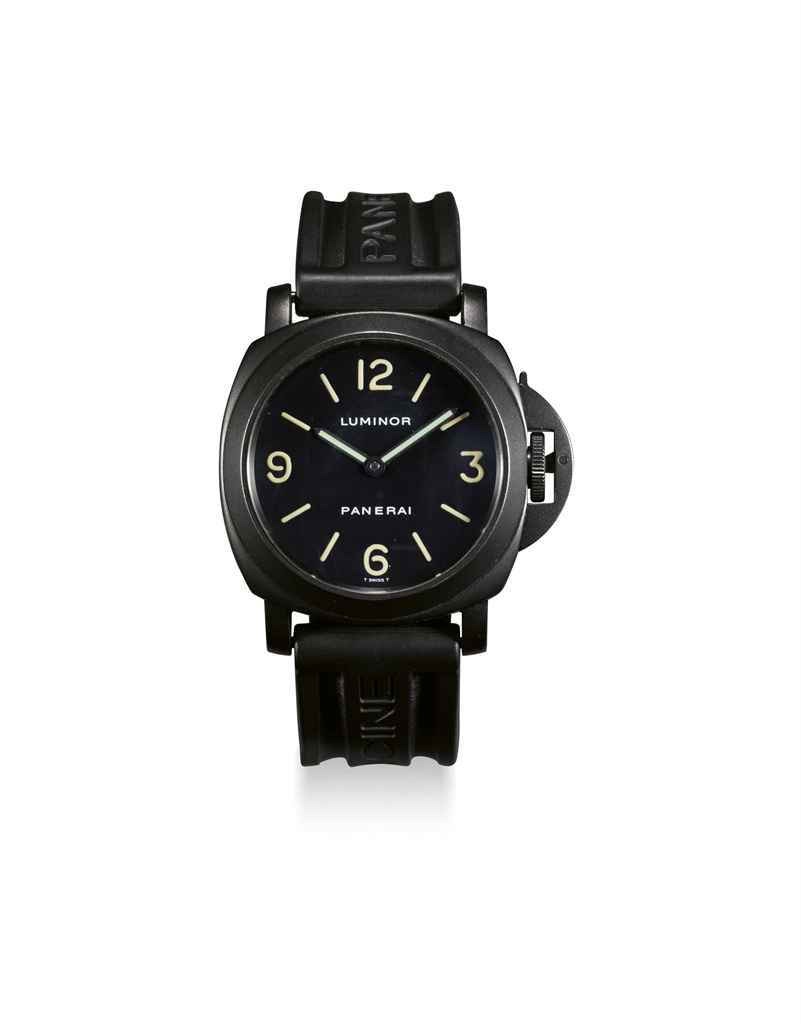
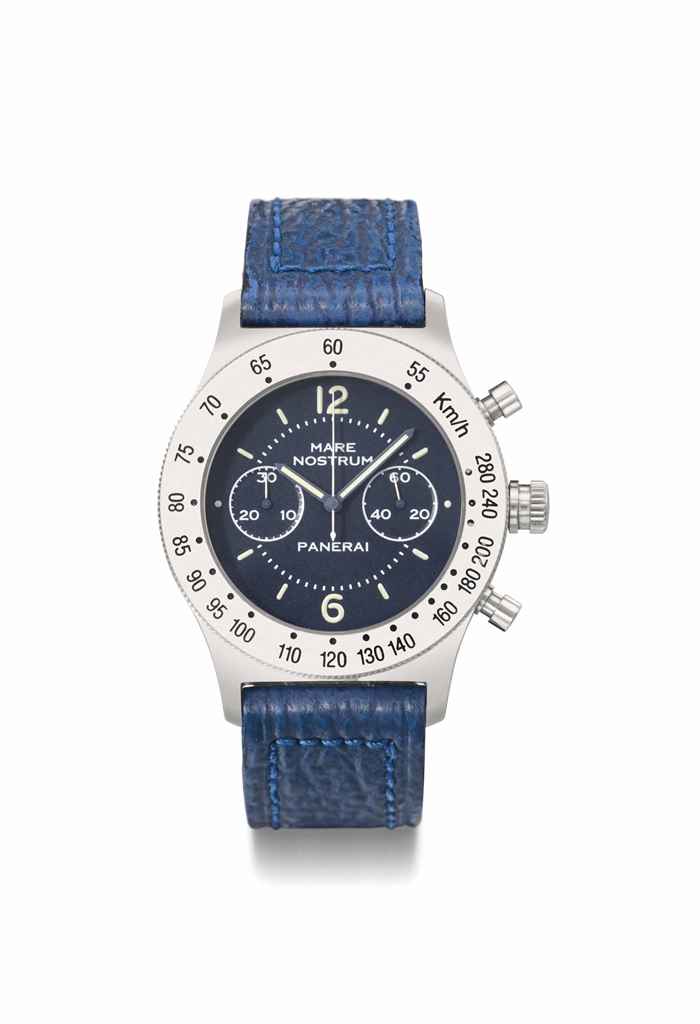
Testen Sie LotSearch und seine Premium-Features 7 Tage - ohne Kosten!
Lassen Sie sich automatisch über neue Objekte in kommenden Auktionen benachrichtigen.
Suchauftrag anlegen